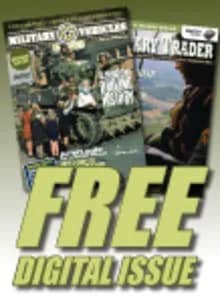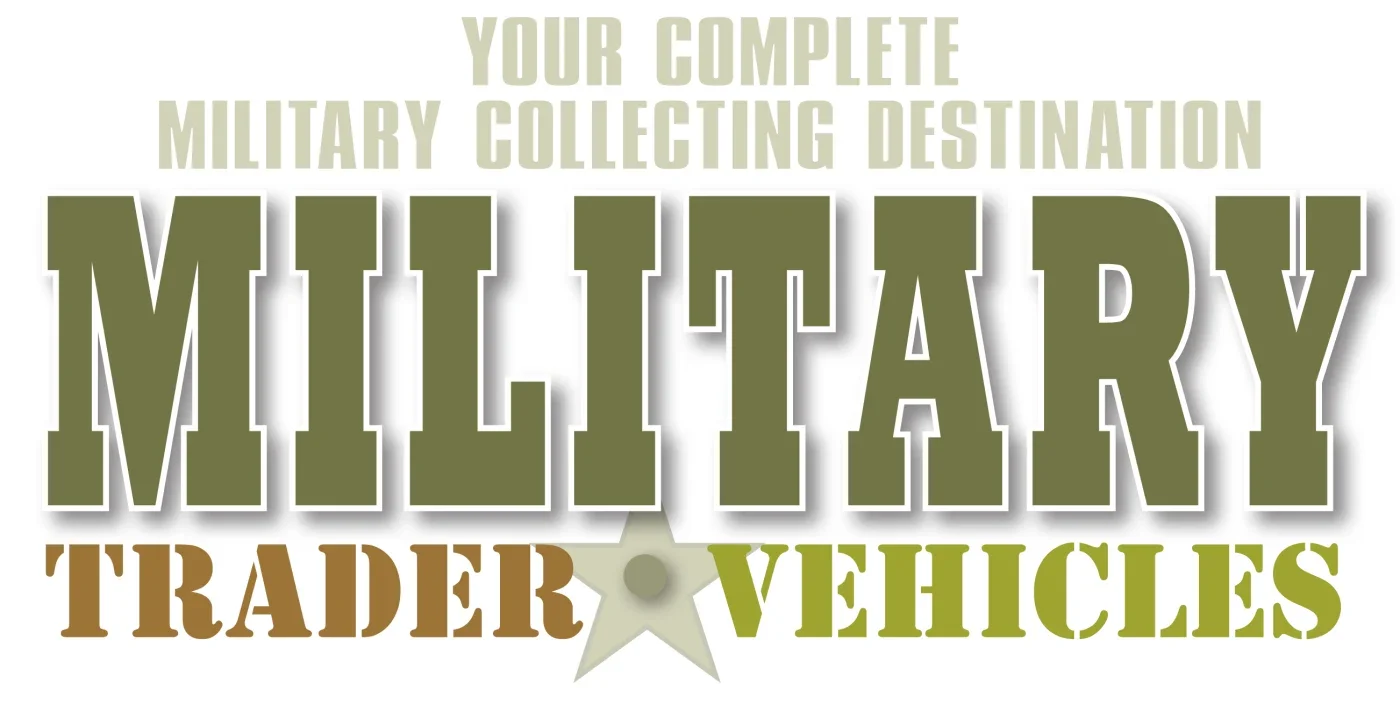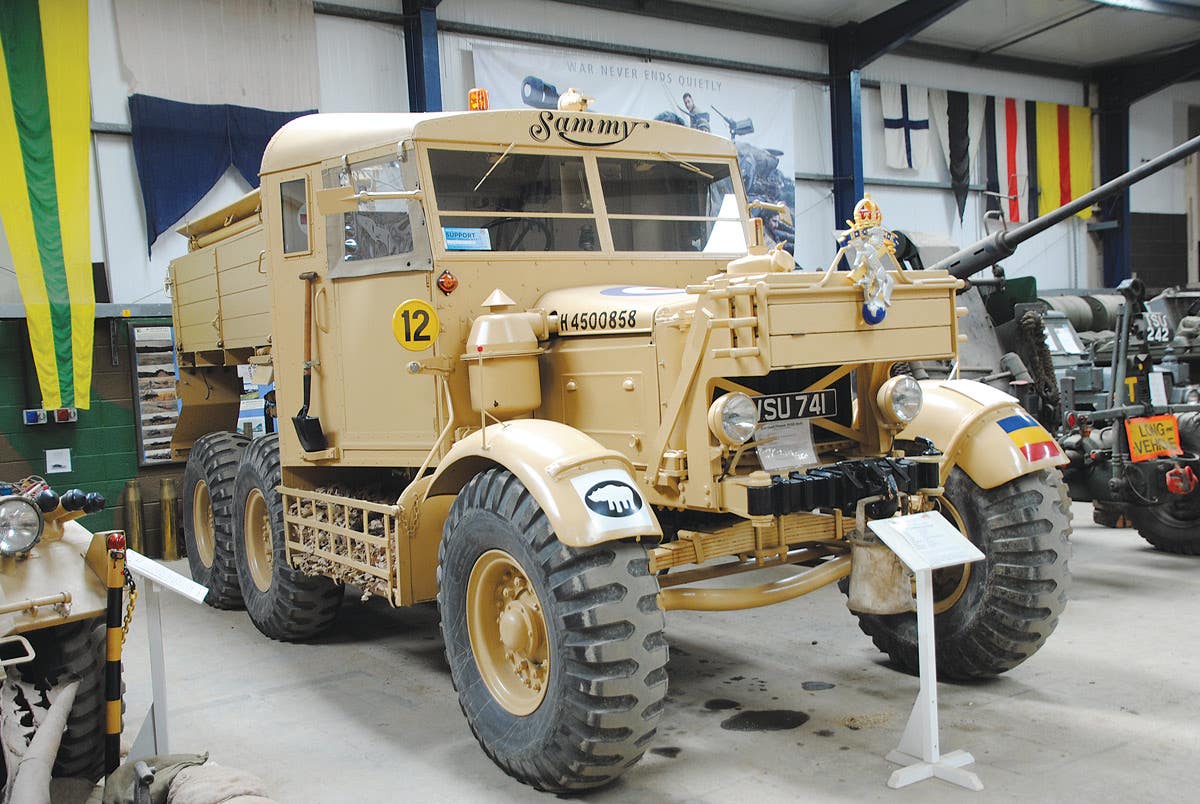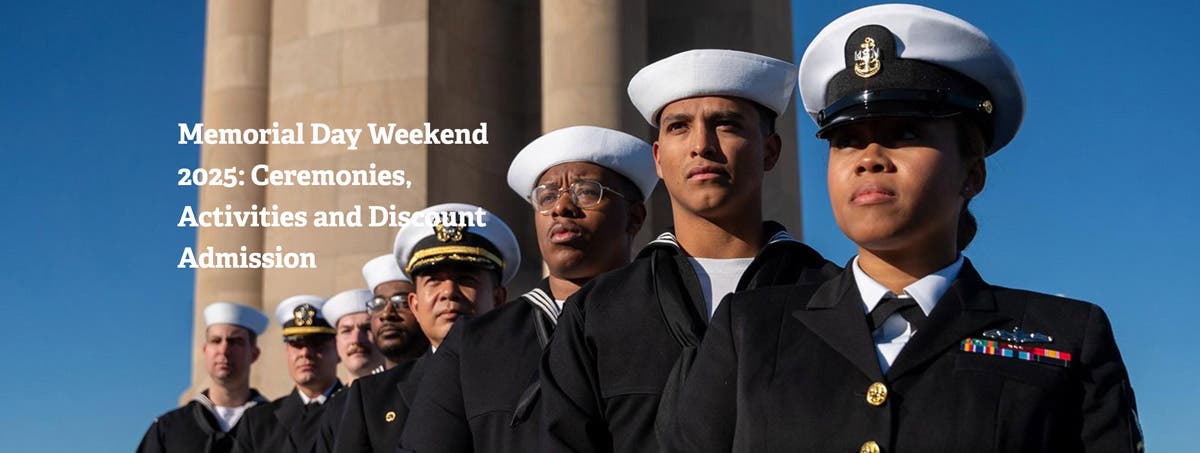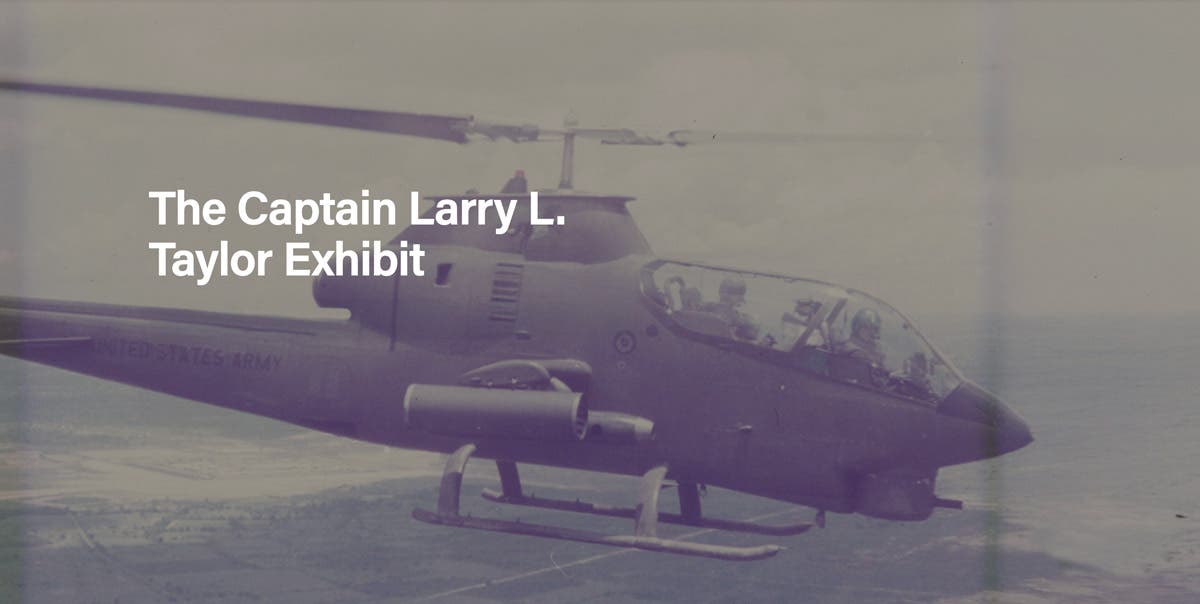Best and the Biggest of the Military Vehicle Museums
National Museum of Military Vehicles has few peers
By Stan Wolcott
The United States is home to many fine military vehicle museums, but thanks to the generosity and efforts of philanthropist Dan Starks, the U.S. now has one of the largest such museums in the world, perhaps only exceeded by those operated by European national governments. Through the investment of $100 million, Starks has created a world-class museum containing 500 vehicles, primarily U.S. Army MV’s of WWII, most of which are still operable, although in static displays, in a 140,000-square-foot (almost four acres!) state-of-the art building. The museum’s collection was assembled in large part from the acquisition of the MV collections of the late Carl Smith and Jacques Littlefield. The National Museum of Military Vehicles (“NMMV”) is located in the picturesque Wind River Valley, just outside of the town of Dubois (“dew-boys”), Wyoming and the nearby Yellowstone and Grand Teton National Parks.
The museum maintains a thorough, professionally curated website containing several 90-plus-minute videos narrated by Starks that provide an excellent overview of the museum for potential visitors. The main museum building contains four primary galleries: The Gen. George C. Marshall Gallery (WWII); the Gen. Lewis “Chesty” Puller Gallery (Korea and Viet Nam); the Gen. George S. Patton, Jr. Gallery (WWI and rotating displays); and the Weapons Vault containing small arms from the Revolutionary War to the present. Each of these galleries features staggeringly huge wall-sized photographic images which depict the conflict covered in that gallery. There are literally no blank walls in the museum.
The Marshall Gallery begins by emphasizing the critical influence of amphibious warfare on operations in both the European and Pacific Theaters, with a display of a LCVP “Higgins Boat” and an LVT-4 “Amtrac”. The gallery also has displays featuring airborne operations, the famed “Red Ball Express” which supplied the breakout from the Normandy beachhead, the climactic Battle of the Bulge and a “Combat Vehicle Rotunda” displaying virtually every major U.S. Army AFV.
The Pacific Theater is also well-represented by a life-size diorama of the invasion of the Marshall Islands (Operation Flintlock) and descriptions of the final Pacific campaigns of Iwo Jima and Okinawa, the planned invasion of the Japanese home islands (Operation Downfall) and the use of the atomic bombs that brought the end of the Pacific War. Sections of the 16-inch barrels of the battleship USS Missouri conclude the WWII exhibit with the signing of the Instrument of Surrender by the Empire of Japan.
The Chesty Puller Gallery is introduced by a lengthy video describing the post-WWII international situation during the “Cold War” which led to Korea and Vietnam. The Korean War is placed in context with displays, including a T-34/85 Soviet tank and a M24 Chaffee Light Tank. The gallery includes a full-size diorama depicting the “advance in another direction” by the 1st Marine Division from the Chosin Reservoir to Wongsan. The full-size figures of the Marines trudging alongside the 6x6 trucks carrying the dead and supplies in the sub-zero temperatures in December 1950 must have alone incurred tens of thousands of dollars in expense to recreate.
The Vietnam War (the “10,000-day war”) Gallery begins by emphasizing the role of vertical envelopment through the use of helicopters, with the display of an UH-1 “Huey”, which saw action in Vienam with the 101st Airborne, 1st Cavalry Division and the Navy’s “Sea Wolves”. Military vehicles displayed in this gallery include a M422 “Mighty Mite”, R2 Crash Vehicle, M56 Scorpion Anti-Tank Gun, and a supply convoy “gun truck” armed with a minigun, quad .50 and two flexible M2 machine guns. The gallery also recreates a jungle trail and a fire support base, including a M109 155mm self-propelled howitzer, M548 ammunition carrier and a fire direction center.
Not to neglect the Navy’s “Brown Water Navy”, the gallery includes a PBR. The gallery concludes with a diorama depicting the 1968 Tet Offensive and the urban warfare to retake the city of Hue by the Marines, including a M48 Patton Tank and a M50 “Ontos” with six recoilless rifles mounted on a tracked chassis.
The preceeding description and images accompanying this article cannot do adequate justice to this magnificent museum, which deserves a “pilgrimage” by MVPA members and MV enthusiasts from the U.S. and abroad. Visitors can also visit nearby Yellowstone and Grand Teton National Parks from the southern entrance near Jackson, WY, which wasn’t impacted by the flooding which occurred in the northern portions of Yellowstone.
As this article is written, most of the repairs have been completed by the National Park Service providing full access to most of the park.
From the staff of North America's no. 1 historic military vehicle source -- Military Vehicles Magazine
